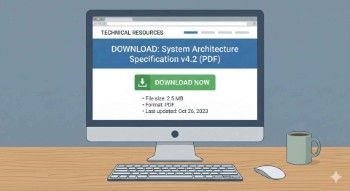We got it.
Thank you for contacting us.We’ll get back to you as soon as possible.
10 Ways to Get More Qualified B2B Visitors to Your Website
By Doug Mansfield • 22 October 2025

The Frustration of Unqualified Leads
If you're a B2B business owner who manages your own marketing, you probably know the frustration. You look at your website analytics and see "traffic." People are visiting! But when you check your email or answer the phone, it’s crickets. Or worse, it's inquiries from people who can't afford your solution, are in the wrong industry, or live in a country you don't even service.
Targeting the Right People, Not Just More People
This information is intended for the small business owner who takes a hands-on approach to managing their own website and marketing. This post isn't about getting more total traffic. We're not concerned with the unqualified visitors, although they can skew your data and make your conversion rates look low.
Instead, this post is for you. It's about 10 practical, plain-English steps you can take to increase the number of qualified website visitors. We're talking about the right people, in the right companies, who are in your market and already understand the value of what you sell.
Here are 10 ways to improve the quality of your website traffic.
1. Speak Only to Your Ideal Customer on Your Homepage
Your homepage is your most important filter. If you are a machine shop that serves the oil and gas industry, your homepage headline, images, and text should say that. If a visitor from the food service industry lands on your site, they should know within five seconds that it's not for them. Don't be afraid to be specific. A generic message attracts a generic (and unqualified) audience.
2. Write Blog Posts That Solve Niche Problems
Your ideal customer isn't searching for "our services." They're searching for "how to solve [a very specific problem]." Stop writing blog posts about your company and start writing posts that answer your customers' most urgent questions. For example, instead of "Our IT Support Services," write "A 5-Step Checklist for Law Firms to Prevent a Data Breach." This will attract qualified B2B readers with a specific, high-value need.
3. Use the Specific Phrases Your Customers Use
Don't optimize your site for broad, one-word terms like "welding" or "software." You'll be competing with everyone, and the visitors you get will be unqualified. Instead, focus on the specific, multi-word phrases a real buyer would type. Think "API-certified pipe welding for refineries" or "inventory management software for small warehouses." This is the language of a qualified lead.
4. Create a "Who We Are Not For" Section
This may sound strange, but it's incredibly effective. Being clear about who you don't serve is just as important as stating who you do. A simple statement on your "About" or "Services" page like, "We work exclusively with B2B industrial clients" or "Our services are designed for companies with 50-500 employees" instantly filters out hobbyists, startups, or giant enterprises that aren't a good fit.
5. Showcase Your Success with Detailed Case Studies
A qualified prospect wants to see if you've solved a problem like theirs before. Vague testimonials are good, but detailed case studies are better. Create a page that outlines the "Problem," your "Solution," and the "Result" for a specific client (with their permission, of course). This not only builds trust but also acts as a magnet for similar companies who will see themselves in that story.
6. Focus on LinkedIn (and Ignore the Rest)
As a B2B owner, your time is limited. Stop trying to be on Facebook, Instagram, TikTok, and X (Twitter) all at once. Go where your customers are. For the vast majority of
B2B businesses, that place is LinkedIn. Dedicate your limited social media time to building a professional presence on the one platform where other professionals are looking for solutions.
7. Join and Contribute to Niche LinkedIn Groups
Don't just post on your own company page. Find the LinkedIn Groups where your ideal customers (like "Plant Managers," "Commercial Real Estate Developers," or "Small Business CPAs") are already gathered. Don't join and spam your services. Join, listen to their questions, and offer genuinely helpful advice in the comments. This builds authority and attracts high-quality, relevant visitors to your profile and website.
8. Optimize Your Google Business Profile (for Local B2B)
If you are a B2B company that serves a specific geographic area (like a commercial contractor, a local supplier, or an IT support company), your Google Business Profile is critical. Fill it out completely. Use "categories" that reflect your B2B services, add photos of your work (not just your office), and post updates about your projects. This helps you show up in local "near me" searches from other businesses.
9. Be Ruthless with Your Ad Targeting
If you run Google or social media ads, your targeting settings are your best tool for quality control. Stop showing your ads to the entire country. Use geo-targeting to show ads only in the cities, states, or zip codes you actually serve. Exclude countries and regions that send you spam. It's better to have 10 highly-qualified clicks than 1,000 random ones.
10. Target Job Titles with LinkedIn Ads
If you have a small ad budget, this is the B2B superpower. While Google Ads targets what people search for, LinkedIn Ads lets you target who people are. You can run a campaign that is only shown to "Engineers" in "Houston, Texas" who work in the "Energy" industry. This is the single best way to guarantee that every dollar you spend is put in front of a highly qualified B2B prospect.
Conclusion: Focus on "Who," Not "How Many"
Shifting your mindset from "more traffic" to "better traffic" is the key to making your marketing work. You don't need thousands of visitors to grow your B2B company. You need a few of the right ones. By using your website, social media, and advertising as filters, you can stop wasting time on unqualified leads and start having more conversations with the people who are a perfect fit for your business.
This blog post was written by the founder of Mansfield Marketing, Doug Mansfield.
- Visit Doug Mansfield's professional portfolio website.
- Connect with Doug Mansfield on LinkedIn.
Latest Posts














